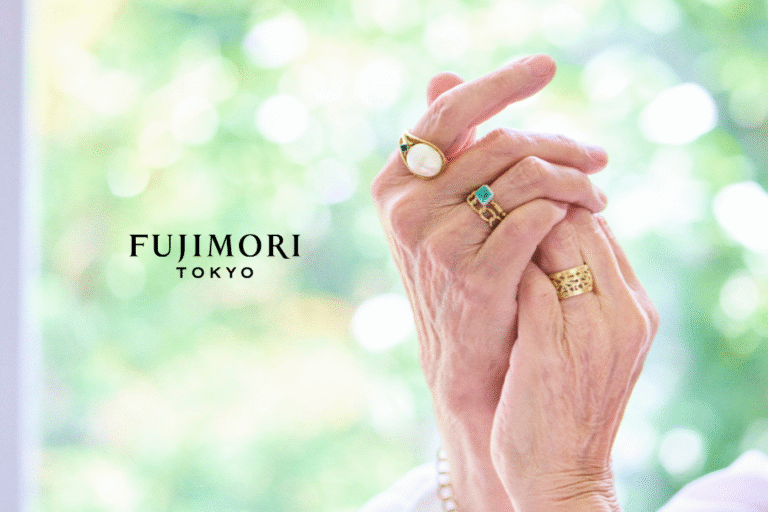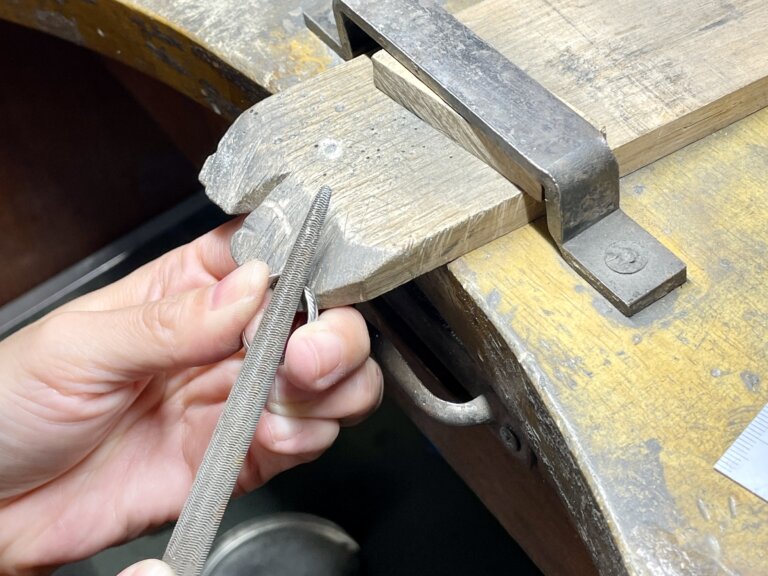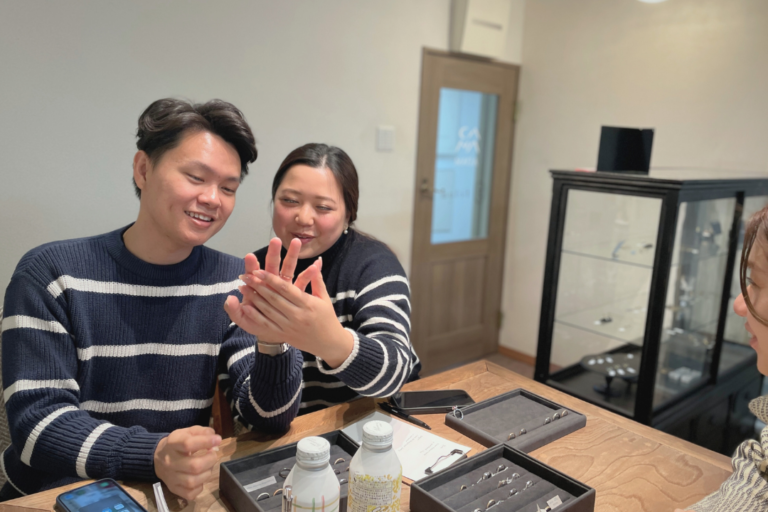
Yesterday, I was watching "Golden Afghanistan - Protected Treasures of the Silk Road," which had been on my mind for a long time.
I've seen it.

When I saw the poster,
I was drawn to both words, "gold" and "Afghanistan."
I was planning to go there soon with passionate thoughts in my heart.
As someone involved in jewelry, I was interested in ancient gold ornaments from the perspective of "gold".
A glimpse into "Afghanistan," a country that is still in turmoil and cannot be visited.
The exhibition was twice as tasty for me.
Normally, photographs are the most effective way to convey the content of anything,
Photography is not allowed inside the museum, so I could only commit it to memory.
This exhibition introduces the culture that flourished in ancient Afghanistan from around 2100 B.C. to the 3rd century A.D. through the great treasures excavated from four archaeological sites.
At that time, Japan was in the Jomon to Kofun periods. I guess that's about it.
Although rice cultivation and metalware were being introduced from the continent,
Compare this to Japan, which slowly developed its own culture as a completely independent island mono-ethnic nation,
Located between South and Central Asia, Afghanistan has long been known as a "crossroads of civilizations" where people from various regions gathered and diverse cultures flourished.
Ancient Greek culture, Islamic culture, and Buddhism are all mixed together.
We were able to see many rare and brilliant works that are unique to this region, which has built a unique culture.
The reason we are able to see them is that the "keeper of the keys", a museum employee
In the midst of the turmoil caused by the Soviet Union's military intervention in 1979 and the civil war that followed,
I was even more moved to learn of the drama of how the national treasure was moved to a secret location in order to protect it, and how it remained there for 14 years without being revealed to anyone.
To pass on to the next generation artifacts that have been handed down from ancient times, it is as if to say, "What is in form will be broken,
I think it is difficult to preserve things just because of the passing of years.
It is immeasurable how difficult it was to overcome the hardships of "going through the fire of war," moreover.
Chapters 1-4 are organized by time period,
Chapter 5 concluded with a feature on "leaked cultural properties" that had been restored and stored in Japan.
Among the most eye-catching were
Chapter 3: Tiriya Tepe during the Saka Parthian period.
In the local language, the name means "hill of gold," and numerous gold ornaments were unearthed, befitting the name.
The details are shrouded in mystery, but it is assumed to have been the tomb of an influential nomadic tribesman,
The trinkets that would have been worn by five women and one man, and the ornaments encrusted on their clothes.
I was able to see it.
Not only gold, but turquoise was used in abundance,
At the same time I was awestruck by the cutting technique of the smooth heart-shaped turquoise,
I sighed at the beauty of gold, which continues to shine as brightly as ever.
Seeing is believing.
We will be doing it until June 19,
If you are interested, why not visit us?
Dates: April 12-June 19, 2016
Hours: 9:30 a.m. - 5:00 p.m. (until 6:00 p.m. on Saturdays, Sundays, and holidays; until 8:00 p.m. on Fridays)
Admission until 30 minutes before closing
Closed: Monday
Venue: Hyokeikan, Tokyo National Museum
Inquiries: 03-5777-8600


